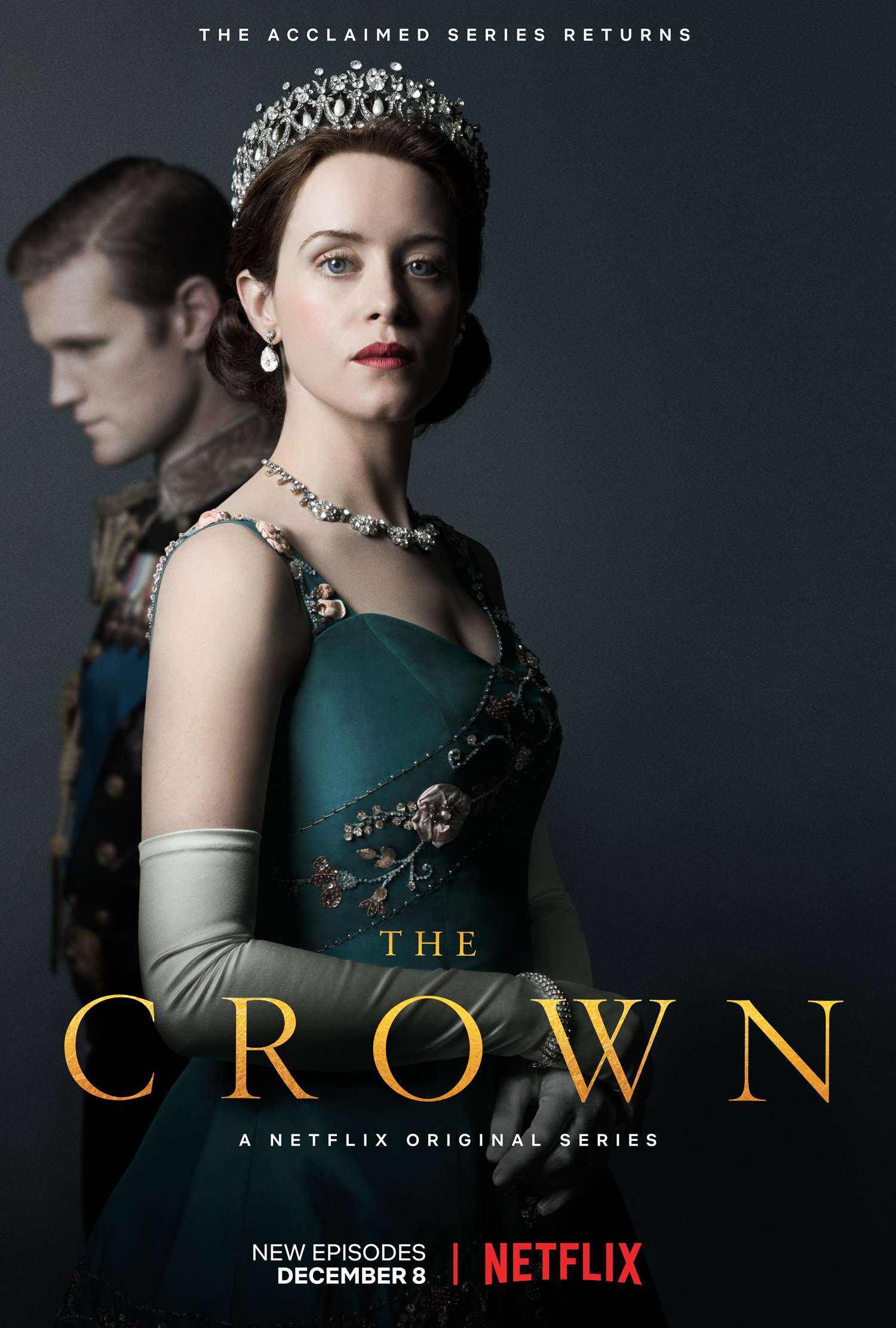What readers say about Dark Full of Enemies
/Dark Full of Enemies has been out for a month now and the first reader reviews are coming in!
John, reviewing the book on Goodreads, describes the novel as
An Alistair MacLean-style, World War 2 commando mission story. It follows McKay, a clandestine super Marine called on to form a team of expendables and blow up a Nazi dam in Norway. McKay is sleep-deprived, guilty, unsure of himself--yet focused and cold-blooded once the bullets start flying.
When the novel revs up, it's simple to the point of poetry. Plans go awry; friendships are tested; trust is annihilated and restored; many things explode and get shot up in ways the reader will find satisfying. At its core, Dark Full of Enemies is the story of a man's search for meaning in the back alleys of a world at war.
Steven, a reader reviewing the novel on Amazon, writes that
The action occurs in a place I had not heard of before and adds another dimension to the story. . . . The story helps make the characters come alive and the events move quickly. I would recommend this to those who like novels based on history but appreciate some action.
In a starred review at Goodreads (four out of five), Jay writes:
In McKay, Poss writes a soldier in conflict with his senses of loyalty to country, duty to his mission, concern for his men, and dignity as an individual. The resolution to the conflict is satisfying, even if it has a whiff if blockbuster drama/thriller about it.
Though Dark Full of Enemies is fiction, the war it takes place in was all too real. I would recommend this book to those interested in World War II and/or historical fiction. Personally, Poss' book has encouraged me to learn more about the Scandinavian campaigns.
In an unsigned Amazon review, a reader writes:
What an awesome read that has you from page one immersed into the story. He has the ability to make you part of the plot and to paint with words the environment you are in. The dark, the extreme cold, the danger surround you. I highly recommend Dark Full of Enemies!!!
Reader Jared, also reviewing the book at Amazon, writes:
Once started, I couldn't put this book down. It takes the harsh realities and impact of war and pulls it glaringly into the light. . . . Doesn't matter if you are a history buff or just an adventure addict, this is the book for you.
Check out the above reviews, and stay turned for more. If you've read Dark Full of Enemies, I'd love for you to share your opinion of the book on Amazon, Goodreads, or elsewhere. If you haven't, check it out and let us know what you think!





















